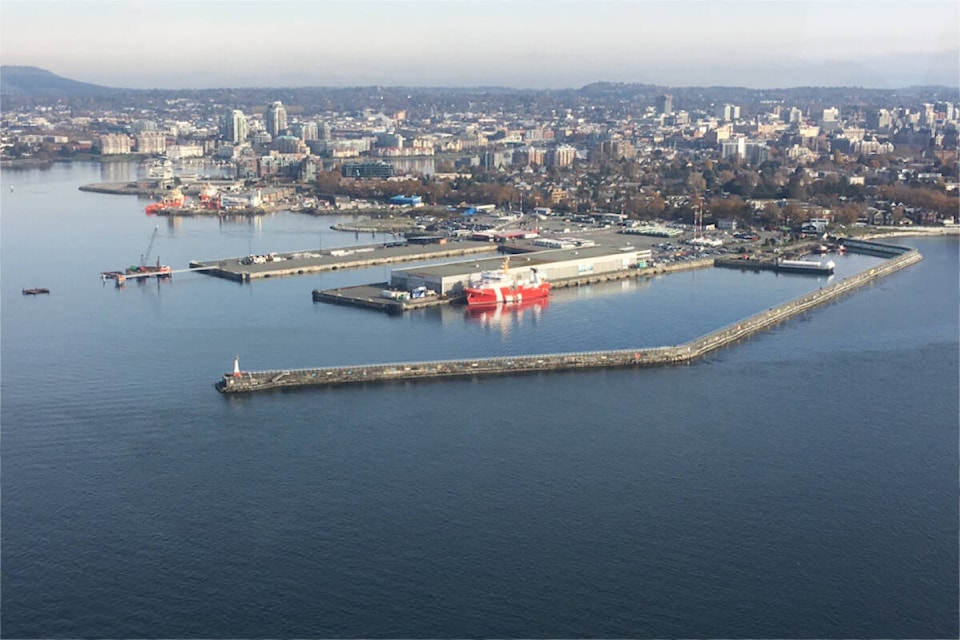Depending on the scenario, Greater Victoria could have a population of 485,000 by 2041.
This projection emerges out of data released earlier in September by Statistics Canada spelling out demographic projections up to 2041. According to the 2021 census, Victoria Census Metropolitan Area had a population of 397,237 people. The projected figure of 485,000 — a projected increase of 22 per cent within two decades — represents one of three possible scenarios, namely, the high immigration scenario.
The two other scenarios also spell out significant but smaller increases. Under the low immigration scenario, Victoria CMA would reach a population of 457,000 by 2041. The reference scenario — which serves as the starting point for both the high and low immigration scenarios — projects a future population of 473,000. Overall, the projections identify immigration — rather than fertility — as the main source of population growth.
RELATED: Langford tops population growth in B.C., third-fastest in Canada: 2021 census
While these projections do not spell out where these additional people would reside within Greater Victoria, they clearly point to additional growth in the region with all its would-be benefits in form of economic growth and greater social vitality in the face of the region’s low fertility and top-heavy age pyramid but also drawbacks in the form of environmental effects, infrastructure strains and social pathology.
This said, an increase of 22 per cent over two decades would represent a gentle slope. By comparison and contrast, Langford’s population spiked by nearly 32 per cent between 2016 and 2021.
The projections also predict that Greater Victoria would become a more diverse place. Using the high immigration scenario, StatCan predicts that 125,000 residents would belong to racialized groups by 2041 — just under 26 per cent of the future population. In 2016, about 14 per cent of the population in Greater Victoria fell within a visible minority category.
This category includes persons belonging to one of the visible minority groups as defined by the Employment Equity Act, which defines visible minorities as “persons, other than Aboriginal peoples, who are non-Caucasian in race or non-white in colour.” South Asian, Chinese, Black, Filipino, Latin American, Arab, Southeast Asian, West Asian, Korean and Japanese are the main visible minority populations, according to StatCan.
RELATED: Greater Victoria facing top-heavy age pyramid
RELATED: Greater Victoria delivering Canada’s lowest fertility rates
RELATED: Greater Victoria residents older than B.C., Canadian average
RELATED: 2021 census shows number of seniors over 85 expected to triple in next 25 years
Greater Victoria, in other words, will become more diverse as it grows. This said, the trend toward diversity will be greater in other communities. Nine CMAs, including Vancouver and Abbotsford-Mission in British Columbia, will be more diverse than the country as a whole with Victoria falling well below the projected national rate, but ahead of Kelowna, the other remaining CMA in British Columbia.
Overall, StatCan predicted the Canadian population would reach 47.7 million in 2041 under the reference and nearly 50 million under the high immigration scenario. British Columbia’s population would exceed seven million under the high immigration scenario.
Regardless of the scenario, Canada will become a more diverse country. Demographers predict that about half of the Canadian population will consist of immigrants and their Canadian-born children. About one out of four will be born in either Asia or Africa and two out of five Canadians will belong to a racialized group.
Immigrants would continue to concentrate in Canada’s three largest metropolitan areas (Montreal, Toronto and Vancouver from east to west) and StatCan predicts four out of five Torontonians will be foreign-born or born to immigrant parents.
Do you have a story tip? Email: vnc.editorial@blackpress.ca. Follow us on Twitter and Instagram, and like us on Facebook.



